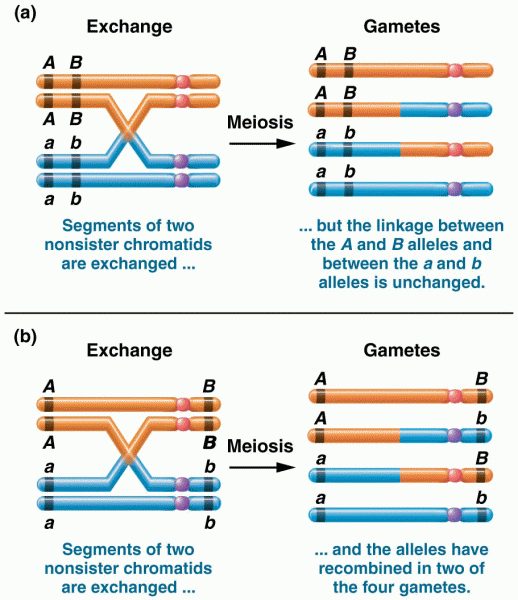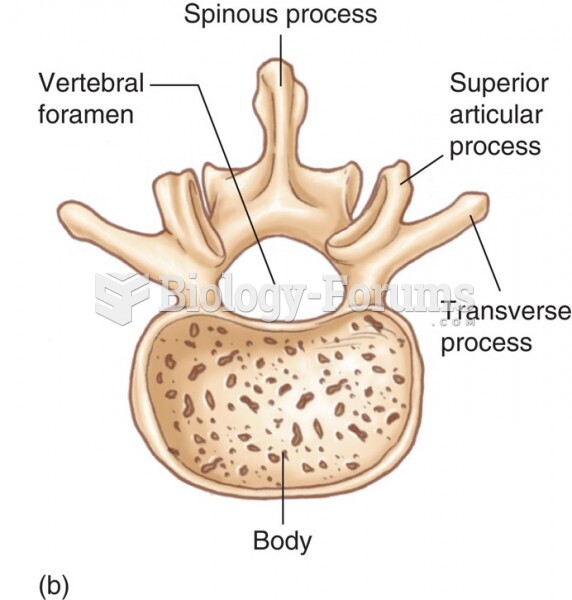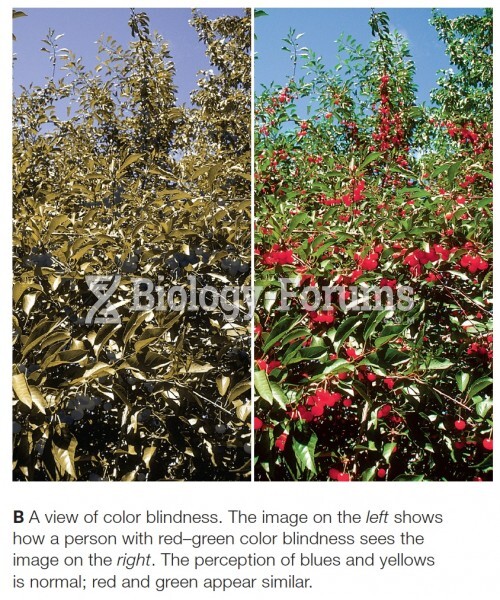Answer to Question 1
Intervention programs are focused on teenage youths considered to be at higher risk for engaging in petty delinquent acts, using drugs or alcohol, or associating with antisocial peers. Interventions at this stage are designed to ward off involvement in more serious delinquency.
Many jurisdictions are developing new intervention programs for teenage youths.
An example is the Big Brother Big Sister program, which matches an adult volunteer with a youngster.
Similarly, in the Office of Juvenile Justice and Delinquency Prevention's Mentoring Initiative for System Involved Youth (MISIY), responsible and caring adults volunteer their time as mentors to youths at risk for delinquency and dropping out of school, as well as youths involved in the juvenile justice system, foster care, and reentry programs.
The mentors work one-on-one with the youths, offering support and guidance.
Job training, through the likes of Job Corps and YouthBuild U.S.A., is another important intervention that receives government funding and has demonstrated positive results in reducing delinquency.
Efforts are also being made to deter youths from becoming involved with gangs, because gang members ordinarily have higher rates of serious violent behavior.
Student views will vary.
Answer to Question 2
Similarities:
Police officers, judges, and correctional personnel use discretion in decision making in both the adult and the juvenile systems.
The right to receive Miranda warnings applies to juveniles as well as to adults.
Juveniles and adults are protected from prejudicial lineups or other identification procedures.
Similar procedural safeguards protect juveniles and adults when they make an admission of guilt.
Prosecutors and defense attorneys play equally critical roles in juvenile and adult advocacy.
Juveniles and adults have the right to counsel at most key stages of the court process.
Pretrial motions are available in juvenile and criminal court proceedings.
Negotiations and plea bargaining exist for juvenile and adult offenders.
Juveniles and adults have a right to a hearing and an appeal.
The standard of evidence in juvenile delinquency adjudications, as in adult criminal trials, is proof beyond a reasonable doubt.
Juveniles and adults can be placed on probation by the court.
Both juveniles and adults can be placed in pretrial detention facilities.
Juveniles and adults can be kept in detention without bail if they are considered dangerous.
After trial, both can be placed in community treatment programs.
Juveniles and adults can be required to undergo drug testing.
Boot camp correctional facilities are now being used for both juveniles and adults.







